In the past few months COVID-19 has been raging through California. Experts note that the trend will continue to sky rocket unless more protections can be put in place.
Although the virus saw a massive decline two years ago after the initial surge, it managed to mutate and come back worse than ever. Although the World Health Organization announced the pandemic officially over on May 5, 2024, the illness seems to be spreading worse than ever.
Heavily Affected Areas

The Centers for Disease Control and Prevention have noted that areas with a high level of tourism, such as California, Nevada, Arizona, and Hawaii are all hot spots for the illness.
The virus is commonly detected through waste water levels as residents are no longer required to self report cases.
Some Areas in California Worse Than Ever

The U.S. Wastewater data has shown that several Bay Area cities like San Francisco and San Jose have been hit hard with “high” Sars-Cov-2 levels.
Dr. Peter Chin-Hong, an infectious diseases specialist at UC San Francisco, says, “It’s very strange that the West Coast continues to be high,” compared to other regions in the country.
Spikes in Cases Are Not Rare

In the years following the outbreak of the pandemic, cases seemed to spike in July and August when people spend the most time with each other before tightening back up.
This year’s wave in California has been particularly concerning for several reasons. The exact cause has yet to be determined, but many experts think that the cause is related to the oppressively hot weather, raging wildfires causing people to shelter together indoors, and summer travel.
A Spike in Post-Covid Travel
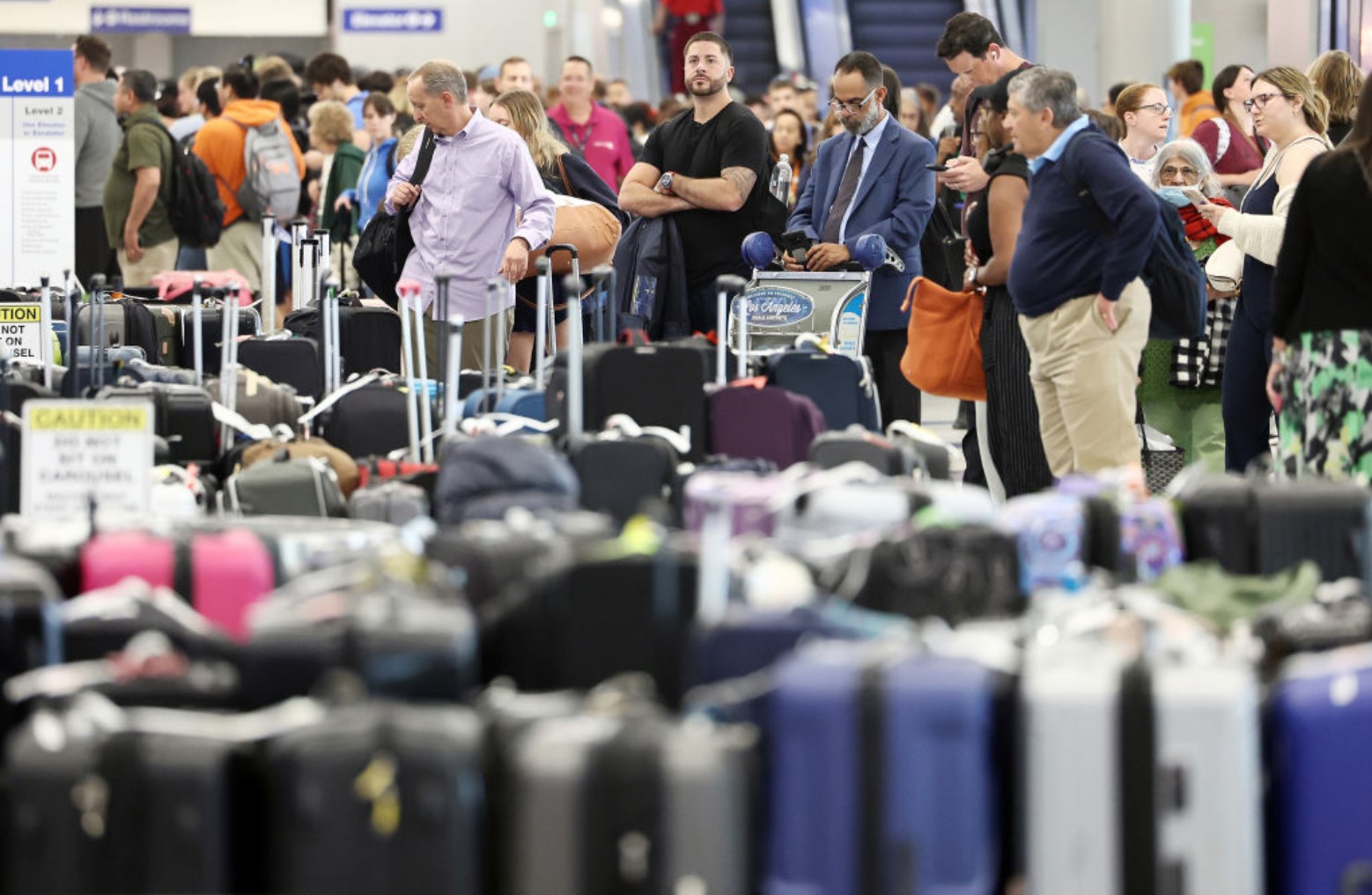
Summer travel has recently come back to pre-covid levels for the first time. For several years after the initial outbreak, many people still didn’t feel comfortable traveling even after borders opened.
Now, the spike in air and ground travel has allowed the virus to spread around the globe and affect areas with previously low levels of the illness.
How to Stay Protected
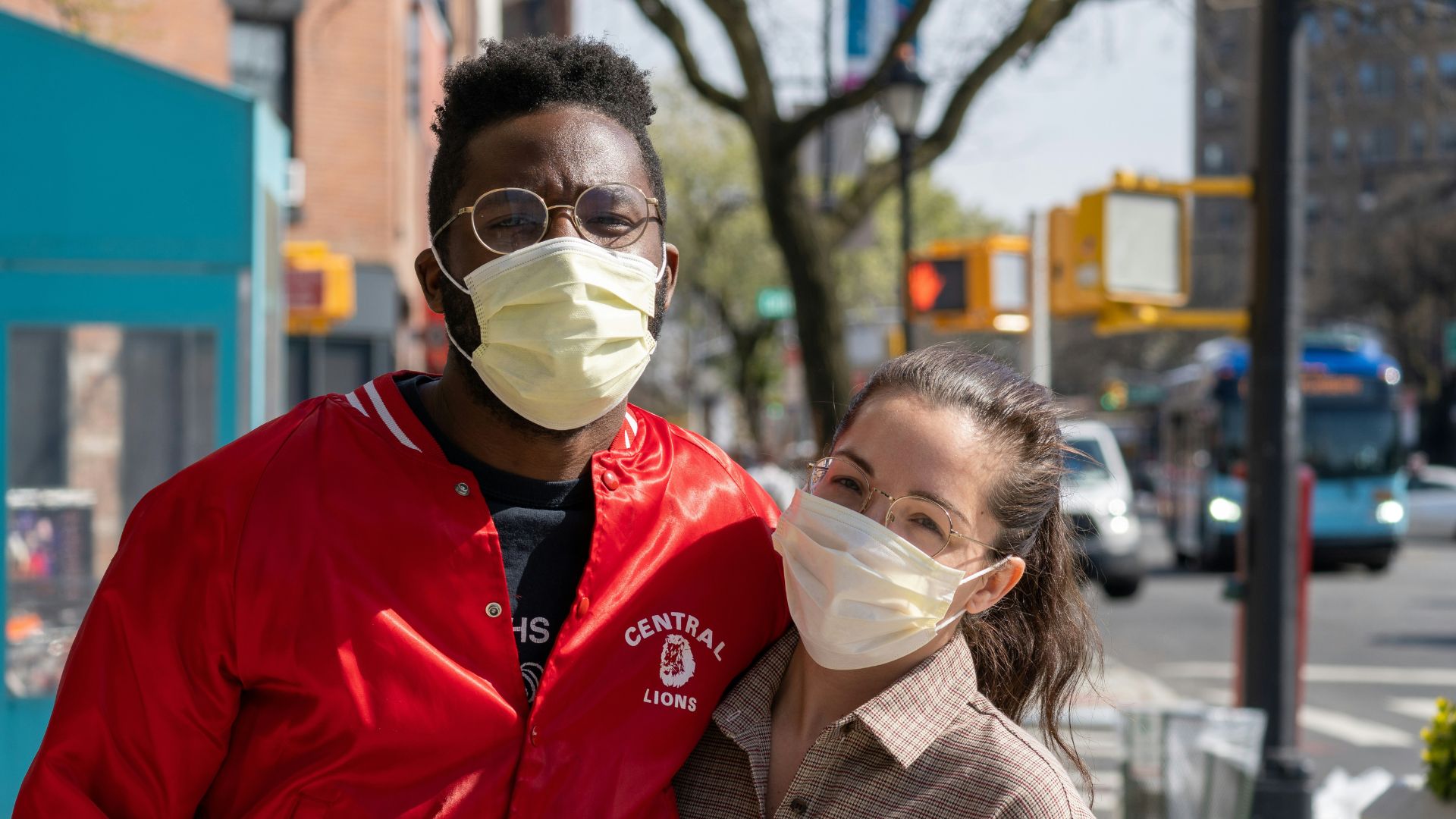
Experts recommend that seniors and immunocompromised individuals get vaccinated with the current version or the new one coming out this fall.
Being mindful of rates and cases in your community and avoiding hot spots is one of the best ways to avoid the illness.
Do Vaccines Help Lower Rates?

Frequent vaccinations help lower COVID rates in two ways. One is through increasing herd immunity. When more people are protected from the illness or have less serious symptoms, the virus has less opportunity to infect new hosts.
As well, the vaccine can lower transmission rates in those who do contract the illness. The less that the virus spreads, the less power it has over a community.
People Are Tired of Covid
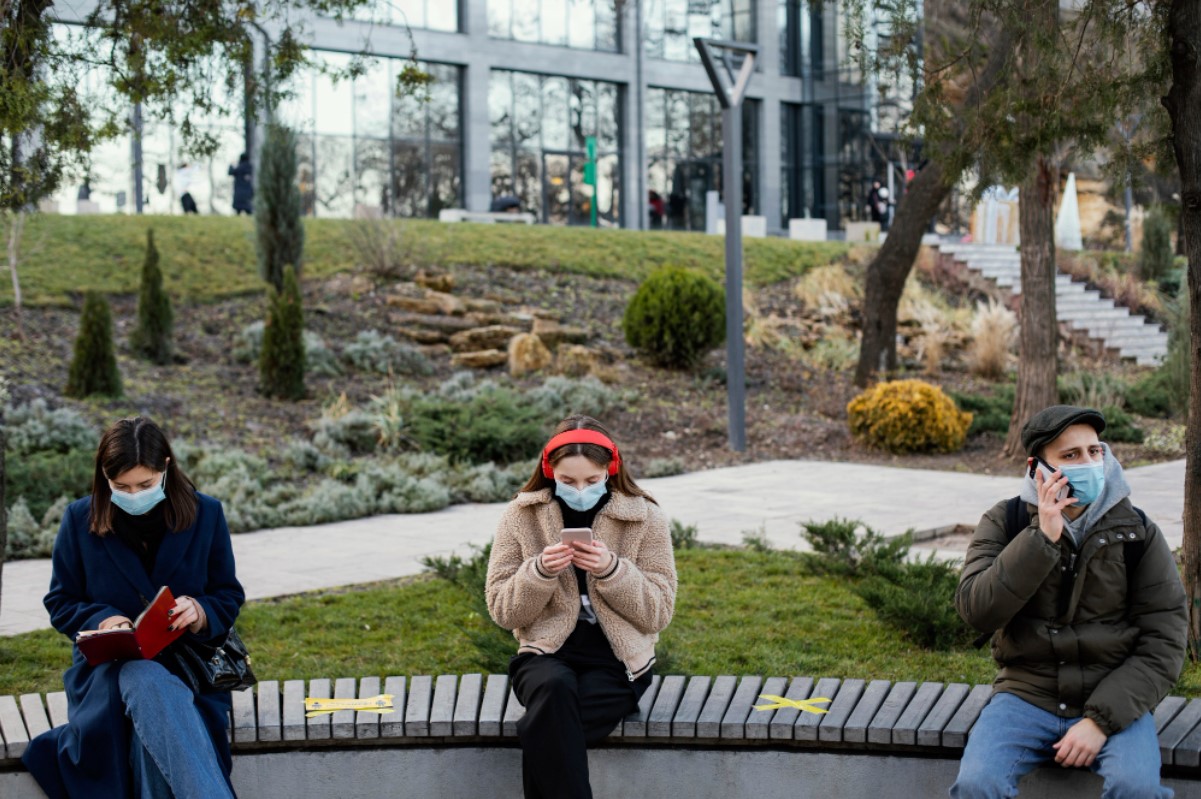
While it’s true that the general public is tired of hearing about COVID, it doesn’t stop cases from rising.
As assumed, the virus became more of a yearly flu than a deadly pandemic. However, people are still dying from the illness.
Recent Covid Deaths
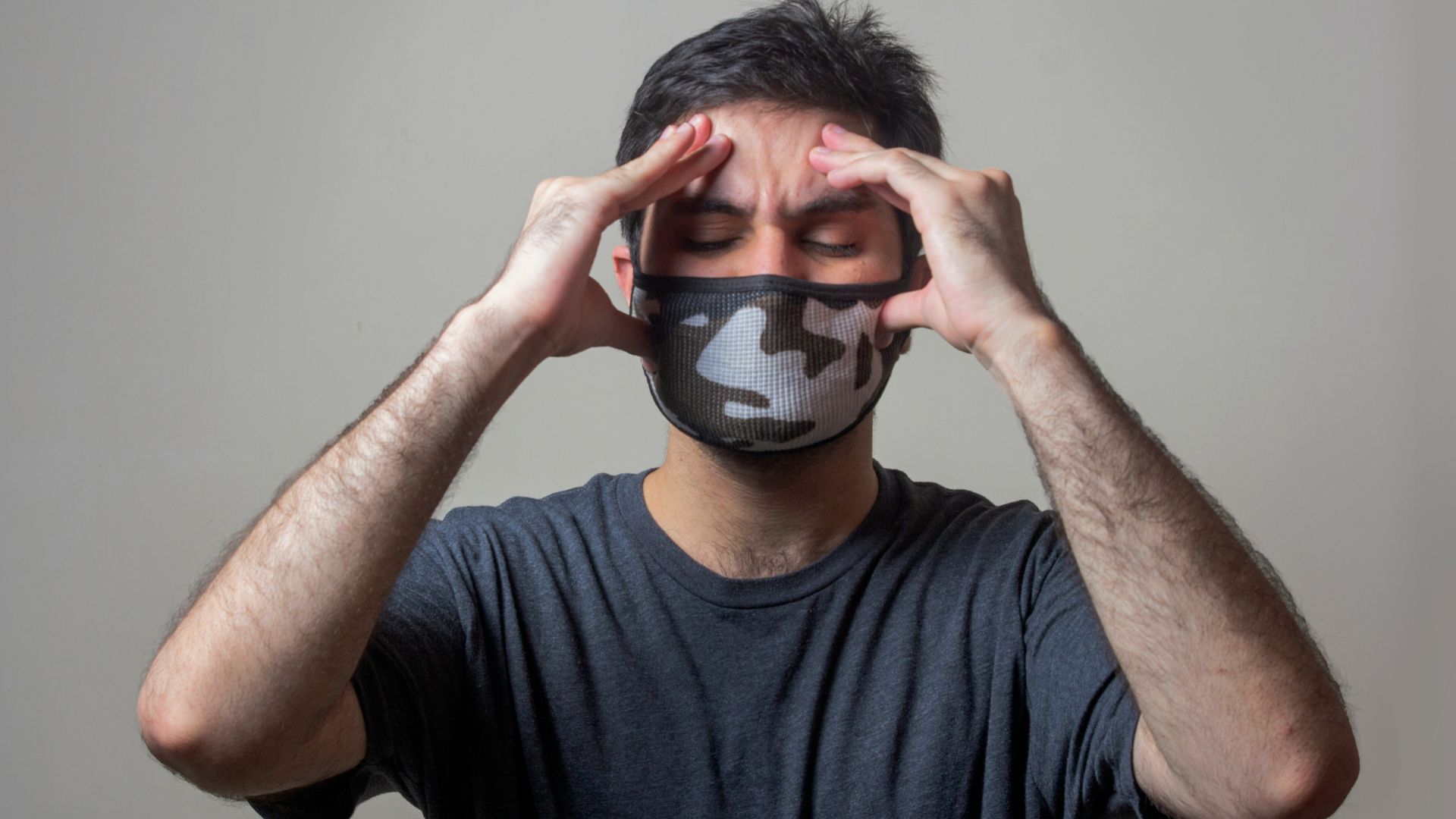
Although the total deaths from COVID-19 in the United States has surpassed 1.2 million, fatal cases have lowered considerably.
In February of 2024, the total daily cases were well below a few hundred. When compared to January 2021 when the daily death count reached over 4,000, this number is improved.
Why Doesn’t Anyone Care About High Covid Cases?

One of the issues when dealing with high cases in California is the general feeling of apathy towards the illness.
It seems that the indifference to the disease might have come from the fact that the illness has become less deadly. Now more similar to the yearly flu, it doesn’t capture the same fear as it once did.
Less Hospitalizations
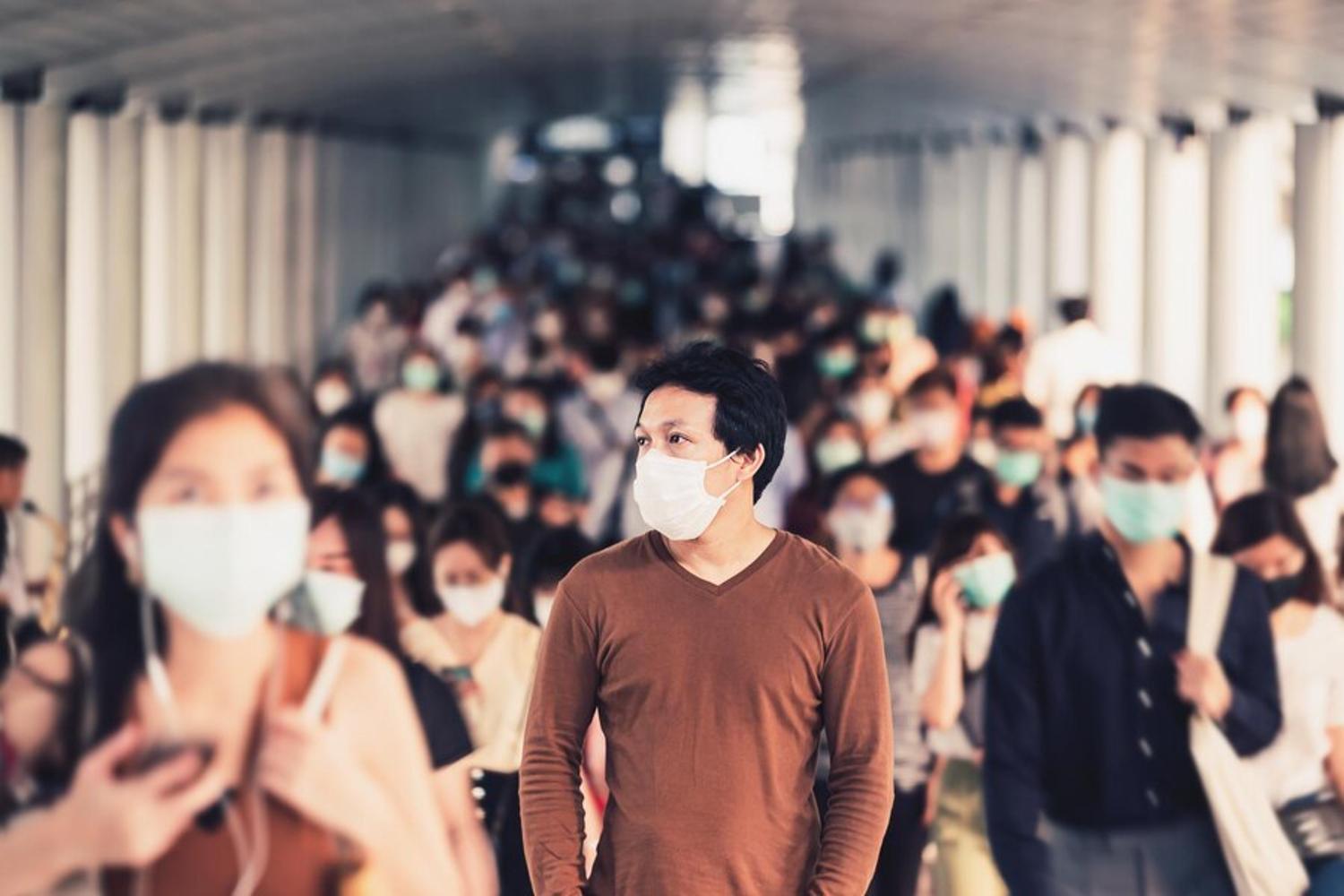
Dr. Elizabeth Hudson, regional chief of infectious disease at Kaiser Permanente Southern California, says that hospitals and healthcare providers are seeing a definite surge of the illness lately.
However, she also notes that more patients are requesting outpatient treatment and that the level of cases requiring hospital intervention has lowered.
New Strains
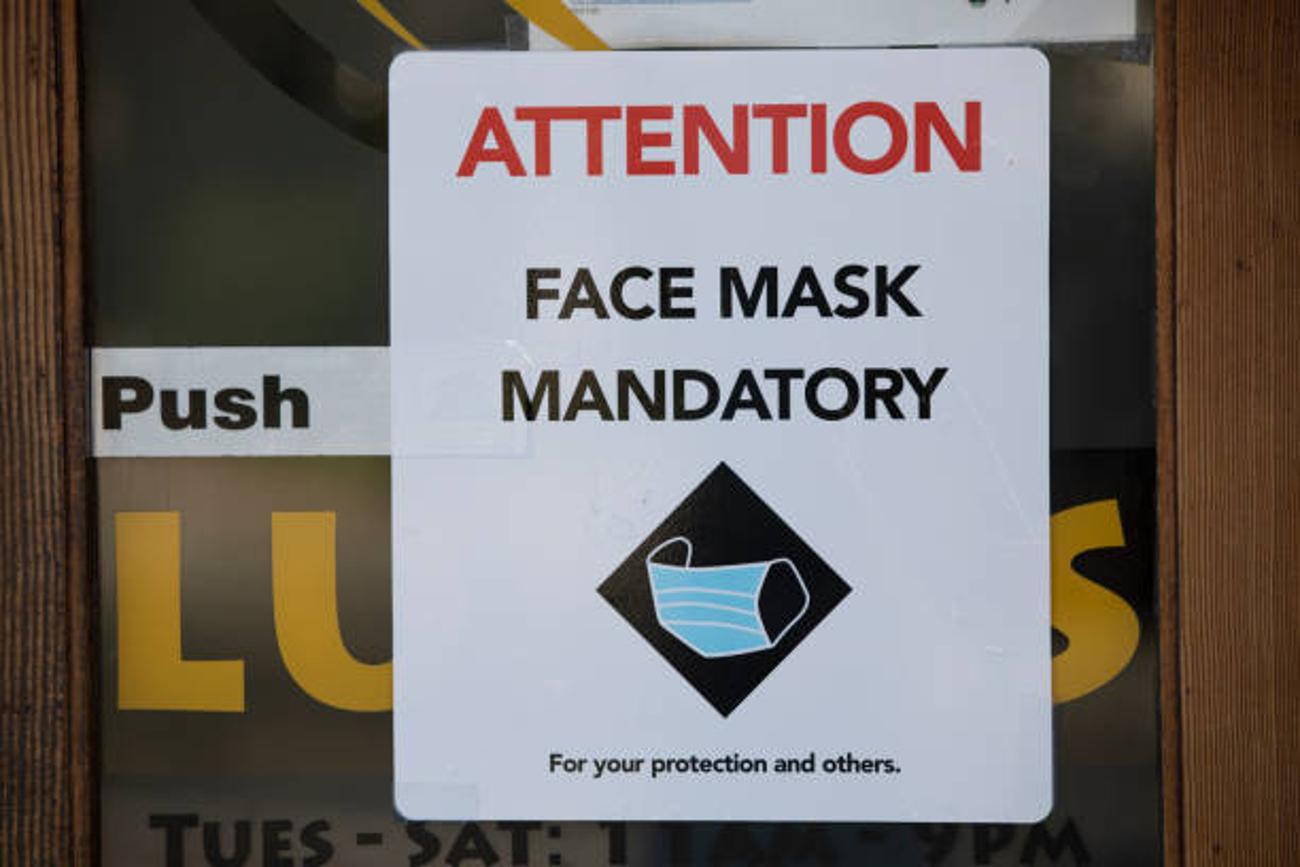
Dr. Hudson also noted that anyone with a respiratory illness should have self-testing kits at home.
The latest strain of the FLiRT variant is highly transmissible that have outmuscled last year’s strain. The U.S. CDC estimates that the strain accounts for 17.7% of coronavirus strains nationwide.








































